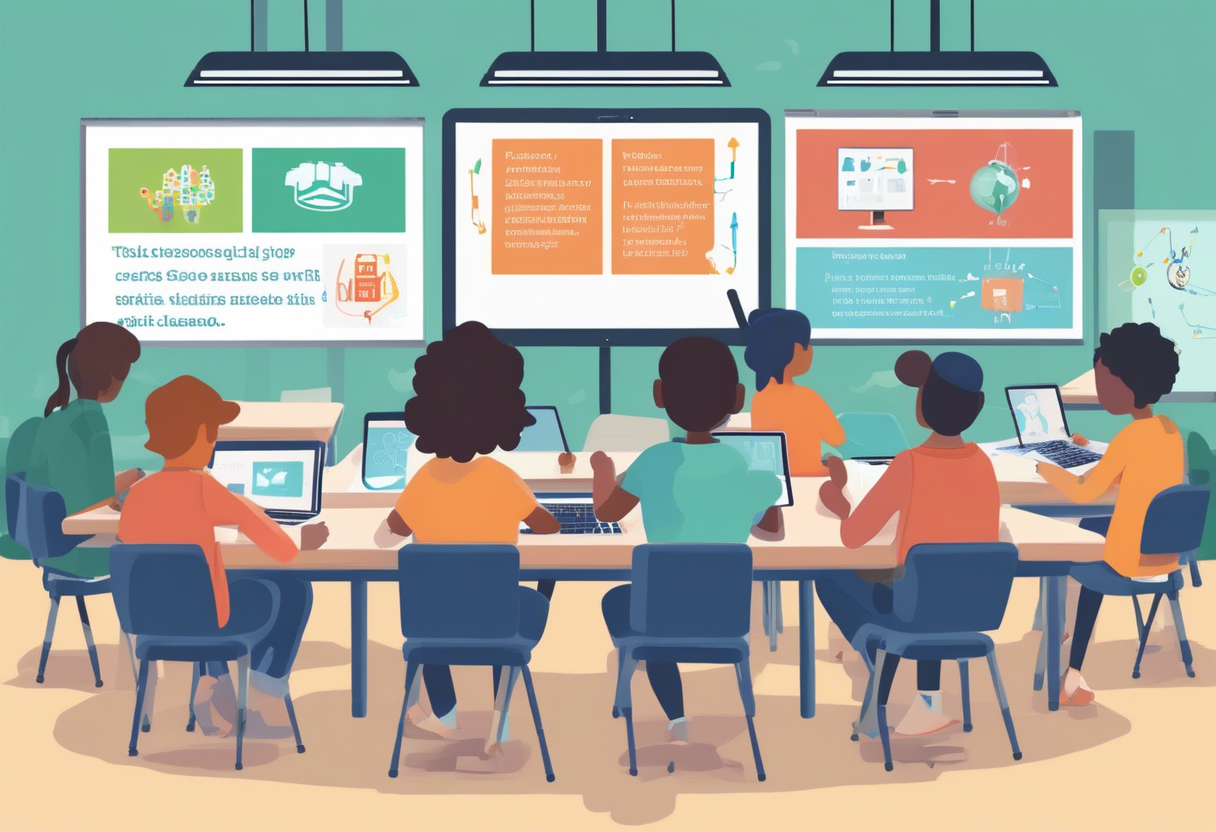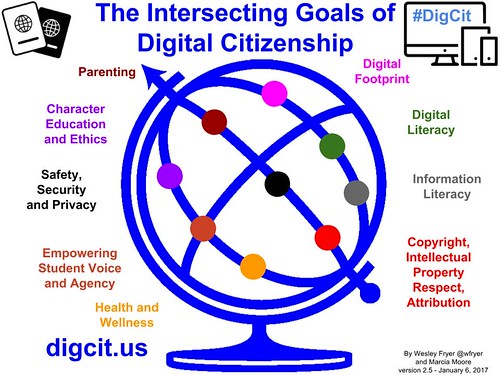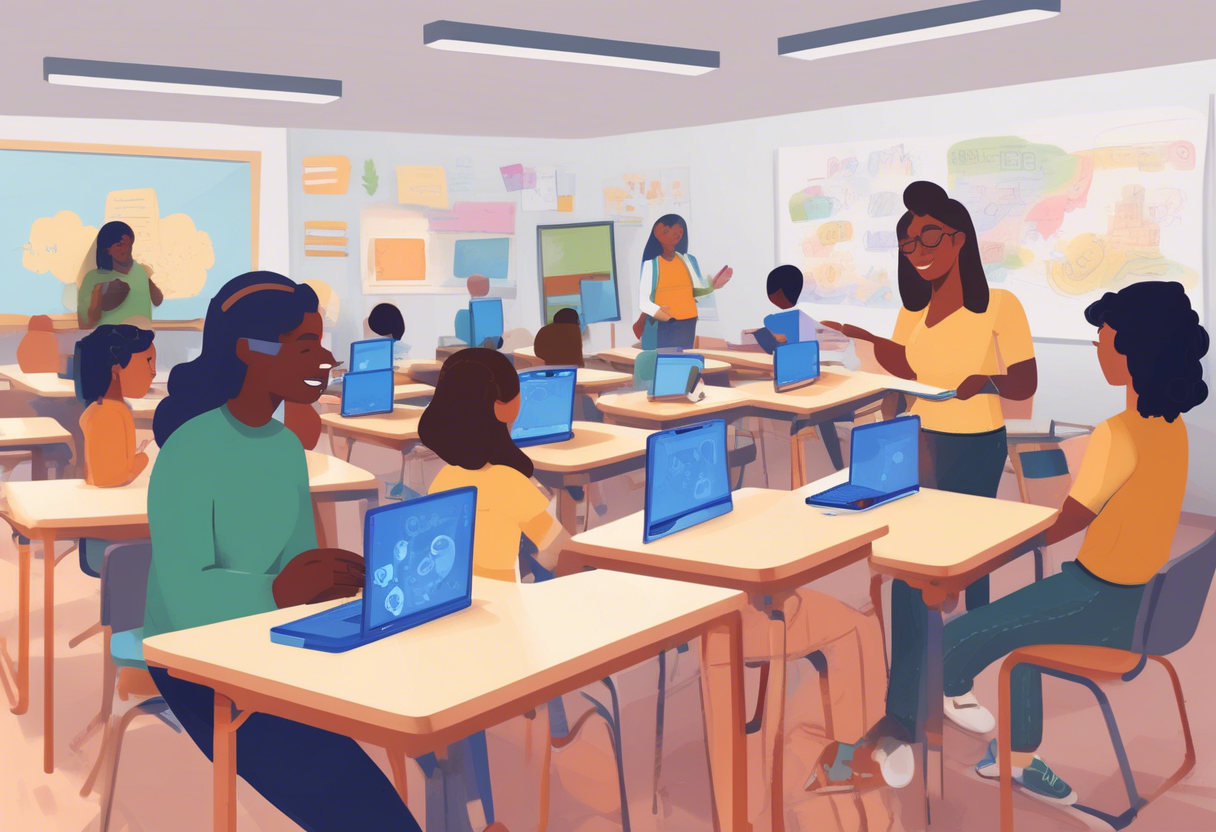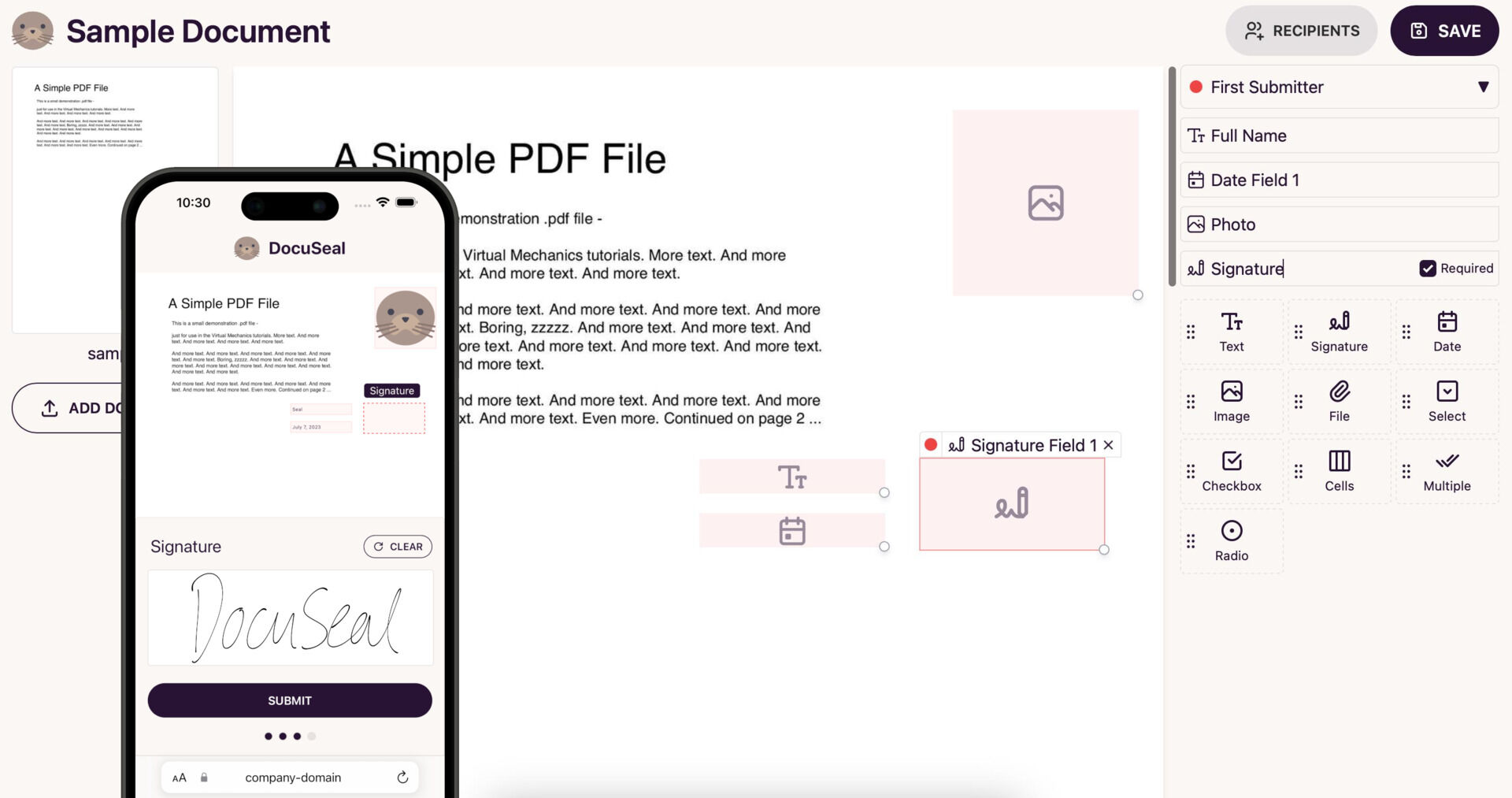
Did you know that by 2025, educational AI is expected to hit $25 billion globally? It shows just how much AI could change education. But, like any big change, bringing AI into schools has its own challenges and perks. In this article, we'll look at the world of educational AI, checking out the hurdles like data privacy and the digital divide. We'll also see the cool stuff it offers, like personalized learning and smoother administration. With real examples, we'll show how AI is already making a difference in classrooms worldwide. And we'll check out Deepbrain AI and their cutting-edge products shaping learning's future. So, whether you're a teacher, student, or just curious about AI in education, stick with us! This journey is sure to be both eye-opening and inspiring.
Summary: This article discusses the challenges and opportunities of integrating educational AI, providing practical examples and use cases, and highlighting Deepbrain AI and their products. It includes a FAQ section to address common questions about educational AI integration.
Challenges of Integrating Educational AI
Bridging the Digital Divide in Educational AI
AI in education holds great promise, yet the digital divide presents a significant challenge. Ensuring equitable access to AI tools is crucial so that all students, regardless of their location, can benefit. Unfortunately, some schools still lack the necessary technology and resources. This gap is particularly pronounced in rural and low-income areas. While some urban schools utilize AI for personalized learning, rural counterparts may struggle with basic internet access, further widening the educational divide.

To address this, schools could partner with tech companies to provide affordable devices or advocate for government assistance to enhance internet access in these underserved areas.
Economic Challenges in Educational AI Implementation
Integrating AI into schools comes with a hefty price tag. The expenses associated with setting up the technology, purchasing software, and maintaining systems can be substantial. Smaller or rural schools often find it challenging to afford these costs without additional support. Although federal grants, such as those from the U.S. Department of Education, are available, they may not cover all expenses. AI-related costs can range from $25 per month for basic systems to thousands for advanced ones. Schools must carefully balance these costs against the potential benefits, particularly when operating under tight budgets.
Addressing Privacy and Data Security in Educational AI
The use of AI in schools involves the collection of significant amounts of student data, raising privacy concerns. Teachers and parents are apprehensive about data breaches and unauthorized access. They also worry about how data is utilized and who has control over it. A survey found that 63% of educators are concerned about new cyber threats associated with AI. To safeguard student privacy, schools need robust cybersecurity measures and clear data policies. They should also adhere to regulations like GDPR in Europe or COPPA in the U.S. to maintain trust.
Ethical Challenges in Educational AI
AI in education introduces ethical challenges, such as cheating and plagiarism. Some schools employ AI-detection software to combat these issues. There's also the potential for bias in AI, which can result in unfair outcomes. For instance, AI might incorrectly flag the work of non-native English speakers. To use AI ethically, it's essential to guide students on responsible usage and rethink assignments to position AI as a learning tool rather than a shortcut. Teachers could redesign tasks to enhance creativity and critical thinking. Collaboration between educators and developers is necessary to ensure AI systems are fair and transparent.
Teacher Training and Acceptance of Educational AI
The successful implementation of AI in schools heavily relies on teacher training and acceptance. Many teachers feel unprepared to integrate AI into their lessons, with about half identifying this as a significant issue. Teachers' opinions on AI vary, often due to concerns about its impact on student relationships. Effective strategies include professional development that enhances AI knowledge and ethical usage. While some districts offer AI training, urban and rural areas frequently lag behind suburban ones. Training programs that cover AI tools and ethics can bolster teacher confidence and facilitate effective AI usage.

Building a supportive community and providing ongoing assistance can foster a positive attitude towards AI in schools.
In conclusion, while AI in education offers numerous benefits, several challenges need to be addressed. By focusing on equitable access, managing costs, ensuring privacy, addressing ethics, and providing comprehensive teacher training, AI can become a valuable tool for all students.
For more on these challenges, check out Brookings, EdTech Magazine, and the U.S. Department of Education.
Opportunities of Integrating Educational AI
Personalized Learning with Educational AI
AI is revolutionizing education by making learning more personalized. It customizes learning experiences to cater to each student's unique needs. With AI, adaptive learning platforms can adjust content and pacing to align with a student's learning style and level. Consider tools like Khan Academy's Khanmigo, DreamBox, and Duolingo. These platforms modify lessons based on student performance, assisting them in mastering subjects like math and languages by honing in on their strengths and weaknesses.
These systems provide real-time feedback and suggestions, enabling students to focus on areas that need improvement while progressing at their own pace. For instance, DreamBox customizes math lessons to address challenging topics such as fractions or algebra by offering exercises tailored to the student's requirements. AI analytics further enhance personalized learning by revealing trends and performance insights, allowing teachers to deliver more targeted and engaging lessons.

Enhancing Inclusivity and Accessibility with AI
AI plays a crucial role in making education more inclusive and accessible, paving the way for all students, including those with disabilities, to have equal learning opportunities. It provides specialized tools like speech-to-text for hearing impairments and reading aids for dyslexia. For example, speech recognition software converts spoken words into text for students with hearing impairments, making classes more accessible.
Moreover, AI offers text-to-speech, visual recognition, and other features that assist teachers in adapting resources for students with special needs, fostering more inclusive lessons. Tools like Notta transcribe speech into text, aiding hearing-impaired students in participating more fully in class. AI also facilitates the translation of materials into multiple languages and adjusts content for different grade levels, ensuring learning is accessible to everyone.
Boosting Administrative Efficiency with AI
AI enhances administrative efficiency by streamlining tasks such as grading, scheduling, and report generation. This alleviates the burden on educators, allowing them to concentrate more on teaching and engaging with students. Tools like Gradescope ensure consistent and fair grading, while AI scheduling software optimizes timetables and resource allocation.
By automating routine tasks like attendance and feedback, AI frees up teachers to dedicate more time to students and customize their teaching approaches. Additionally, AI provides data-driven insights to support decision-making and resource management, improving the efficiency and organization of educational environments.
Empowering Teachers with AI Insights
AI empowers teachers by supplying insights and tools that enhance curriculum design and teaching strategies. By analyzing student performance, AI aids teachers in understanding student needs and adapting their teaching methods accordingly. Programs like Digital Promise's AI Product Certification ensure that AI is ethically and transparently utilized in schools, maintaining teacher control and providing age-appropriate training.
This certification encompasses transparency, bias checks, and options for teachers to override AI, preserving the integrity of teaching. AI also supports ongoing professional development by recommending resources and courses that align with teachers' goals and needs. This empowerment not only enriches teaching but also fosters a more dynamic and responsive learning environment. National teacher training programs, such as those in South Korea and Singapore, are recommended to ensure equitable AI use across districts, boosting confidence in AI and enhancing learning outcomes.

Practical Examples and Use Cases of Educational AI
Successful Educational AI Integration Case Studies
Educational institutions are increasingly leveraging AI to enhance both teaching and administrative tasks. A notable example is Sacramento City College, which integrated AI into their developmental English courses by using ChatGPT as a virtual tutor. This innovative approach allowed students to receive AI-generated feedback on their essays before teacher evaluation. The results were impressive: 78% of students reported increased confidence in their writing skills, and teachers experienced a 30% reduction in grading time. To ensure continued critical thinking and engagement, the college supplemented AI feedback with oral presentations and peer reviews.

In parallel, the University of Southern California’s Institute for Creative Technologies is pioneering AI-driven educational tools. They have developed AI-powered virtual environments and intelligent tutoring systems. By combining AI with 3-D gaming and animation, they create virtual characters and social interactions that provide students with an immersive learning experience. Projects like SimCoach and CVIT utilize AI, augmented reality, and virtual facilitators to enhance the effectiveness of remote learning and training.
Future-Proofing Education with Educational AI
AI plays a crucial role in maintaining the relevance of education by personalizing learning experiences and ensuring the integrity of assessments. It customizes content and feedback to meet individual student needs, allowing them to progress at their own pace without feeling overwhelmed. Tools such as Turnitin are instrumental in maintaining academic honesty by detecting plagiarism. Additionally, AI chatbots and virtual assistants are available around the clock to support autonomous learning and student engagement.
Moreover, AI streamlines routine tasks like grading and lesson planning, freeing teachers to focus on instructional delivery. Platforms like Classcraft and LanSchool employ gamification and monitoring to increase student participation. AI analytics platforms such as Google Classroom and PowerSchool analyze data to identify learning gaps, providing educators with the insights needed for timely intervention. AI also assists teachers in developing lesson plans and interactive presentations, aligning classes with student interests and reducing preparation time.

Deepbrain AI and Their Products
Deepbrain AI: Pioneers in Educational AI Technology
Deepbrain AI, established in South Korea in 2016, has been at the forefront of AI technology, focusing on enhancing human interaction and media content creation. Their suite of tools includes:
- AI Video Generator
- AI Human: Realistic virtual avatars
- AI Detector: Spots deepfakes
These tools streamline video production and ensure media authenticity. Deepbrain AI excels in creating lifelike avatars, featuring natural lip-syncing, facial expressions, and speech—crucial for realistic videos and virtual assistants. Utilizing deep learning technologies like Generative Adversarial Networks (GANs) and advanced natural language processing, they achieve a 96.5% match between AI-generated videos and real-life footage.

The platform continuously improves through feedback, seamlessly integrating with systems like customer service and video editing tools. Learn more about their offerings on CyberDB.
AI Studios: Transforming Educational Content Creation
Deepbrain AI Studios is revolutionizing video production, particularly in education. Their AI Video Generator enables educators to quickly create instructional videos without needing advanced equipment or extensive editing. Key features include:
- Over 100 photorealistic AI avatars
- Real-life gestures and speech
- Support for over 80 languages and translations
This makes educational content globally accessible. Schools leverage Deepbrain AI to develop virtual tutors and customized learning experiences, effectively engaging students.
The AI's ability to remember past interactions enhances the continuity and effectiveness of virtual tutoring. A notable application is the creation of explainer videos in various languages using AI avatars as virtual tutors, ideal for remote learning. For further insights, visit Vadoo.tv.
Deepbrain AI's AI Studios is celebrated for producing high-quality videos with lifelike AI avatars. It supports over 80 languages, offering natural speech and expressions, which aids educators in expanding e-learning content effortlessly.
FAQ Section
How Can Educational AI Help Bridge the Digital Divide?
AI plays a crucial role in closing the digital gap in education by personalizing learning experiences. It adapts to the unique needs of each student, which is especially beneficial in areas with limited resources. For instance, tools like DreamBox Learning tailor math problems based on a student's responses. This approach keeps students engaged and allows them to learn in a manner that suits their individual abilities, regardless of their location.

Moreover, AI enhances accessibility for students with disabilities. Features such as text-to-speech and real-time transcription ensure that all students have an equal opportunity to learn. AI also provides 24/7 tutoring, enabling students in remote areas to access help whenever needed, thus overcoming traditional barriers of time and location. By automating administrative tasks, AI allows teachers to focus more on teaching and mentoring, which is particularly advantageous for schools with limited staff.
Ethical Considerations of Educational AI Integration
The integration of AI in education raises several ethical concerns. A primary issue is data privacy and security. AI systems collect extensive student data, making it essential to protect this information from misuse. Schools must adhere to regulations like the General Data Protection Regulation (GDPR) to ensure student data security.

Another concern is the potential for bias in AI algorithms, which could disproportionately affect certain student groups. It's crucial for developers to train AI systems using diverse datasets to prevent exacerbating existing inequalities. Additionally, AI poses challenges related to academic honesty, such as AI-assisted cheating, necessitating secure testing environments. We must also consider the emotional impact on students, including the reduction in human interaction and increased stress from being monitored.
Ensuring Data Security with Educational AI Integration
To ensure data security when incorporating AI, schools should implement robust data protection policies that comply with legal standards like FERPA and GDPR. Selecting AI platforms with strong encryption and conducting regular security audits help safeguard data against breaches.
Training teachers and administrators on data privacy best practices is essential for responsible handling of AI tools and student data. Transparency with students and parents about data collection and usage is crucial, and obtaining informed consent is imperative. Schools can utilize AI tools like Gradescope to automate grading securely while educating staff on privacy protocols. By prioritizing these measures, schools can safely integrate AI into their educational systems.